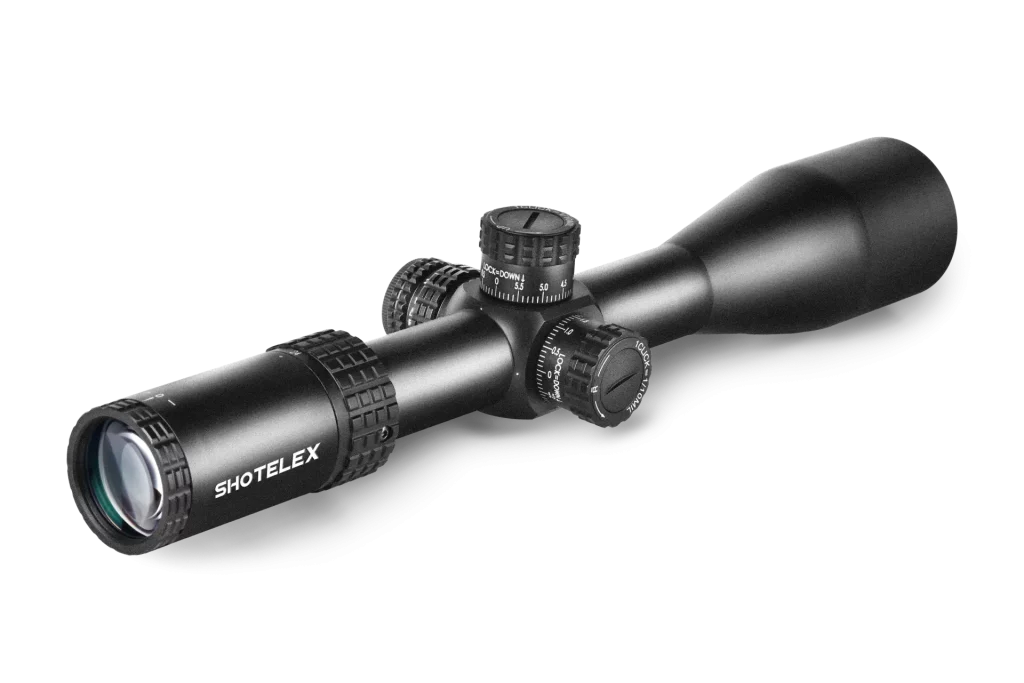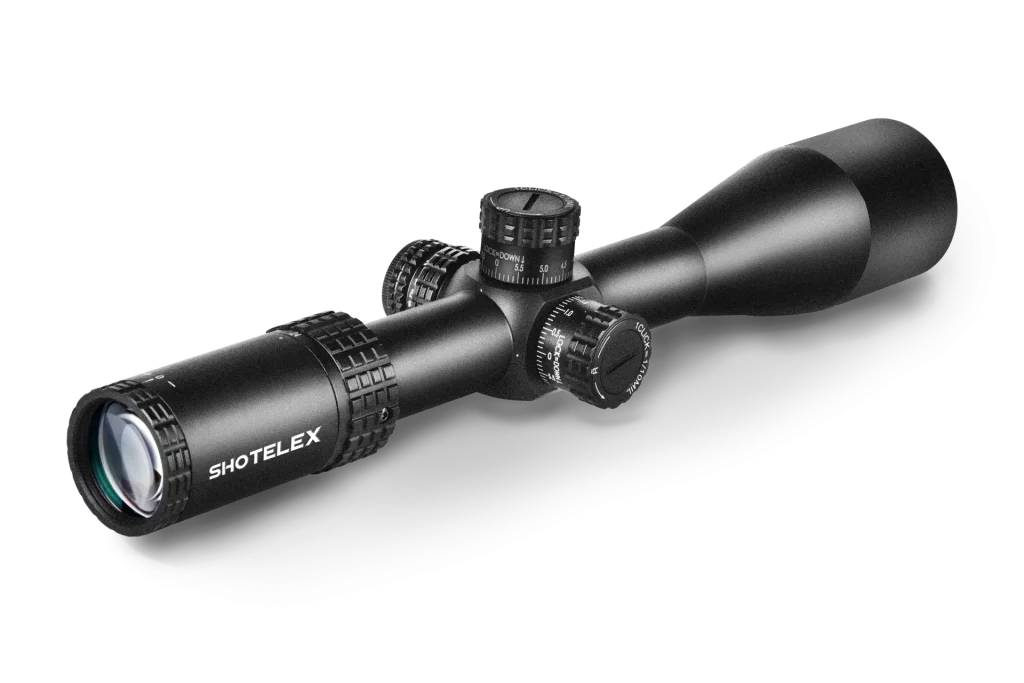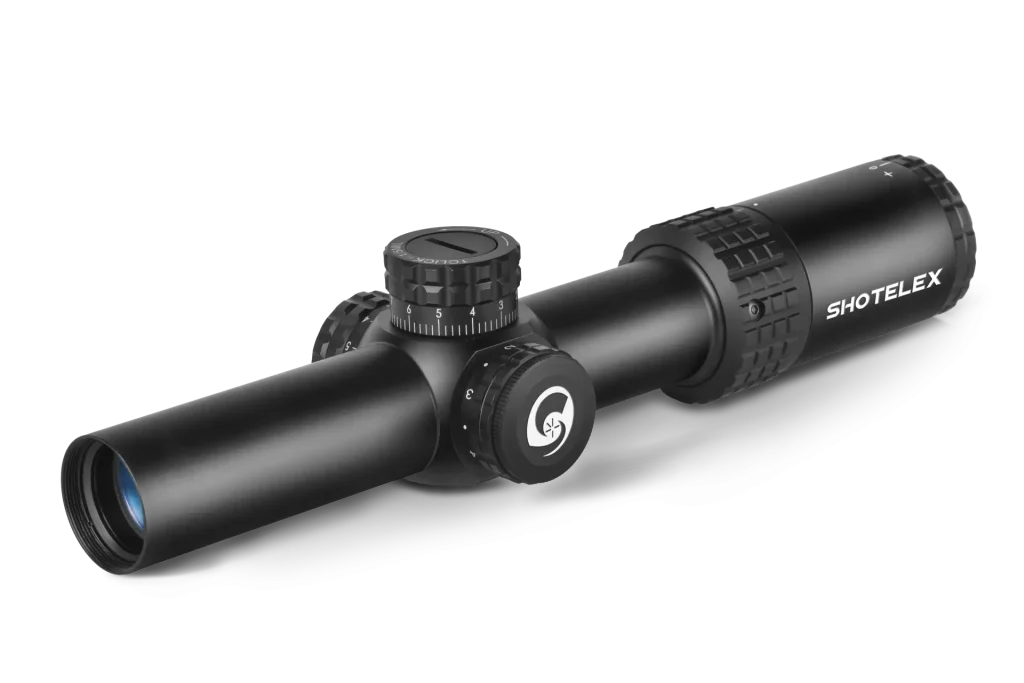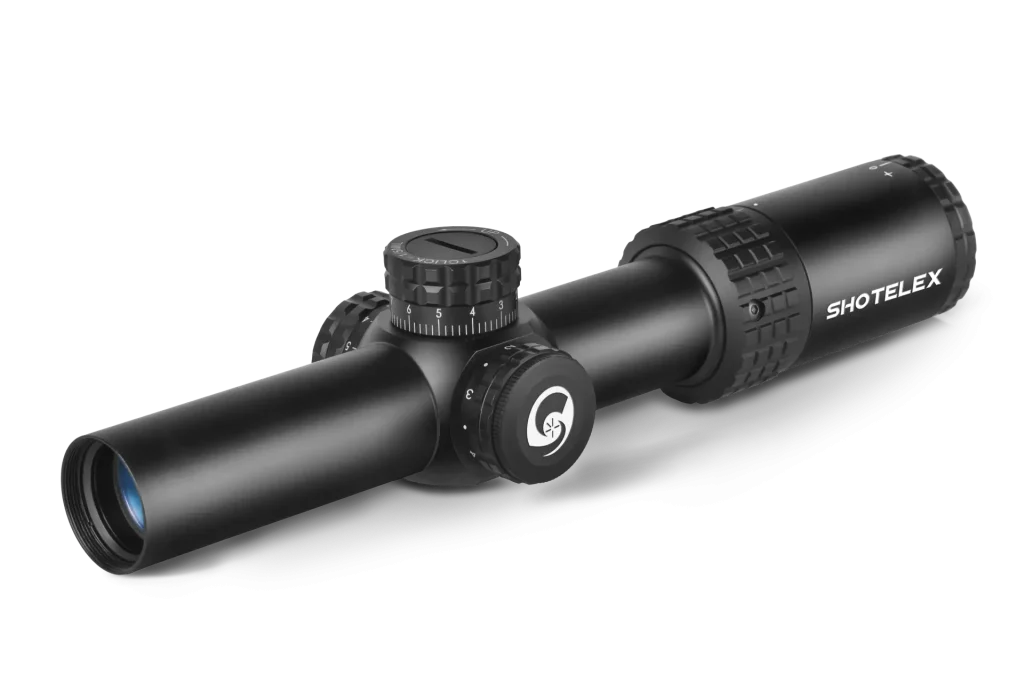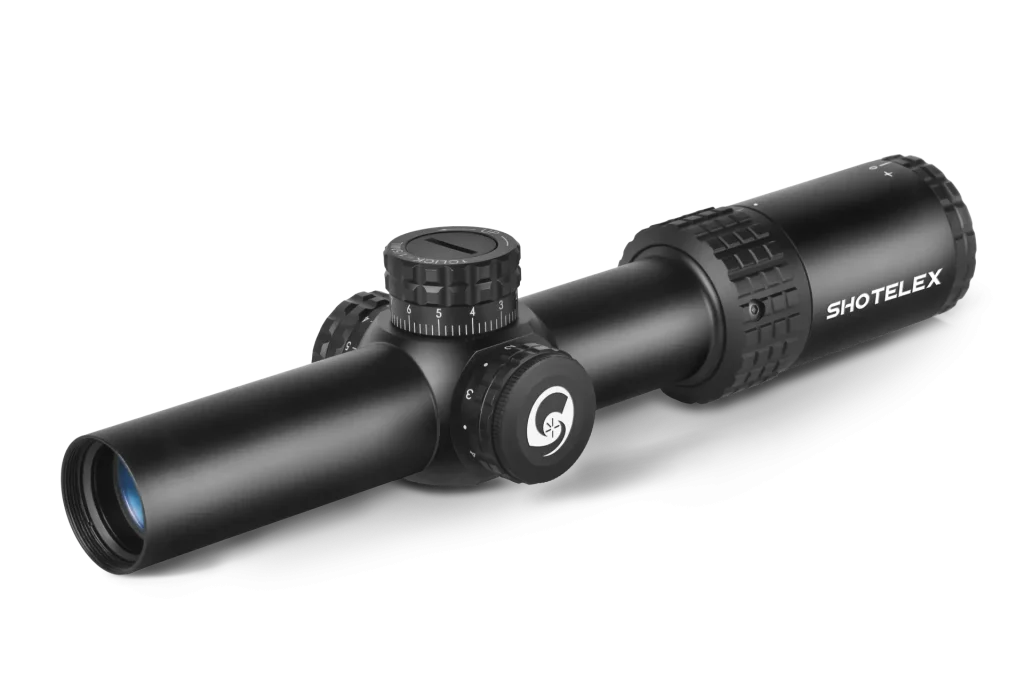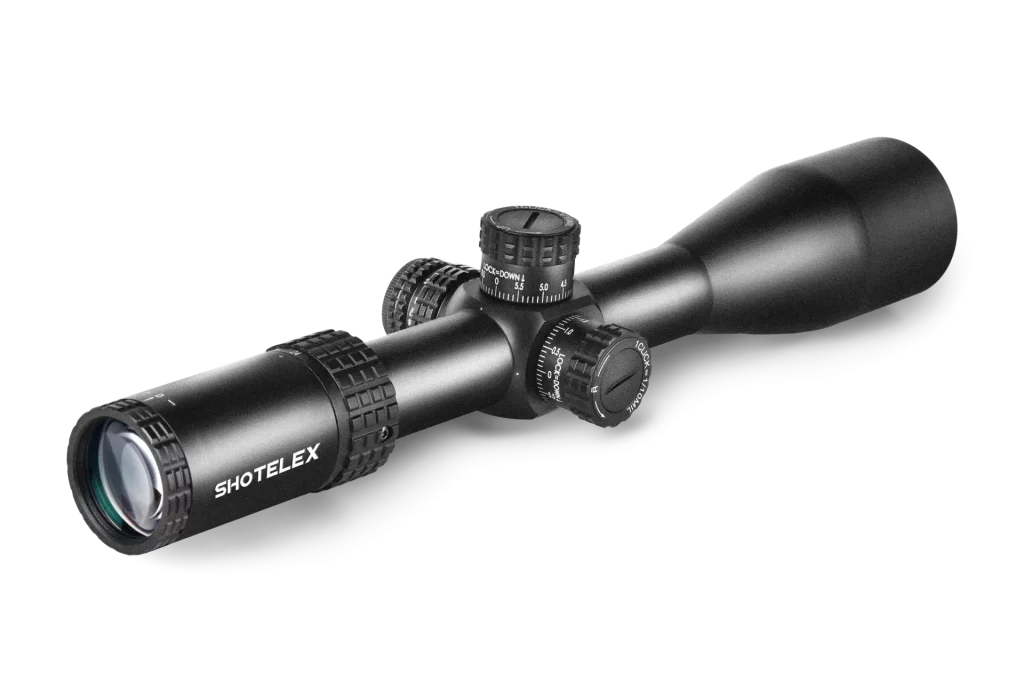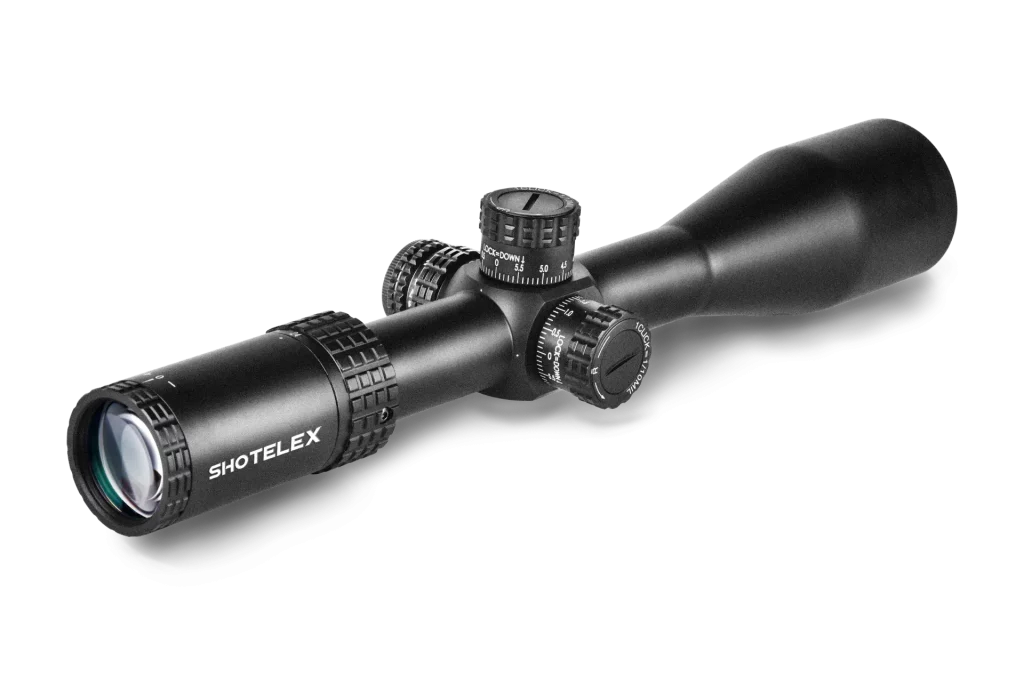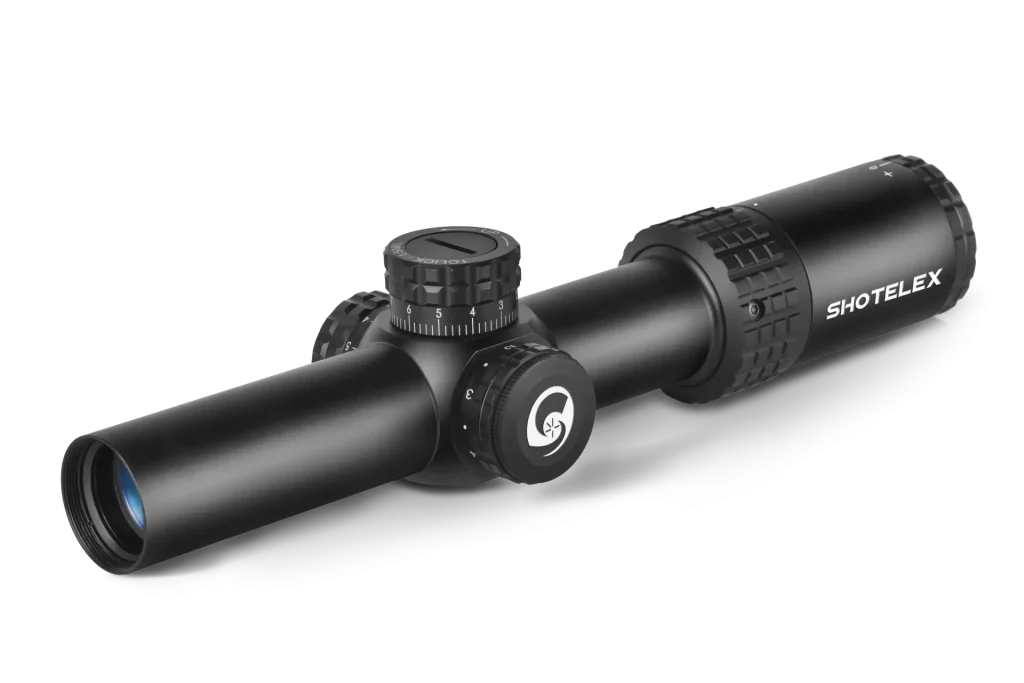What Is The Best Scope For Long Range Hunting In Low Light?
Many hunters will encounter such a crucial moment: at dusk, the prey finally appears, but they miss the opportunity due to the low light and unclear aiming. Have you ever experienced a situation where you have decent firearms and scopes but still can’t see clearly or aim accurately in low light conditions?
This is not an isolated case but a real problem that many remote hunters encounter in the early morning or late evening. The reason is often not that the technology is inadequate, but that the scope used is not suitable for low-light environments.
So, What Is The Best Scope For Long Range Hunting In Low Light?
When facing such challenges of insufficient light and long distances, how should one choose a truly reliable scope? This article will start from real scenarios, tell you how to choose a reliable long-range hunting scope in low-light conditions, and combine practical recommendations to help you truly solve the problem.
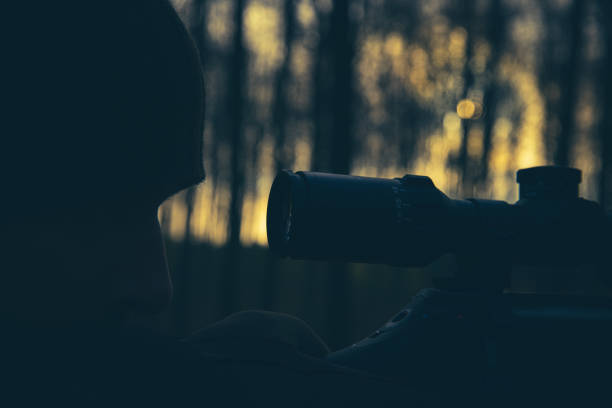
Why Does “Low Light + Long Distance” Become a Dual Challenge For Hunting?
The challenges of low-light long-range hunting are not limited to just one; it actually combines two extreme conditions:
- Insufficient light: Before sunrise, after sunset or in the thick forest, the light is weak, and the target is hidden in the shadow. Ordinary scopes are simply unable to identify the details.
- Longer distance: usually over 200 meters or even further, higher requirements are placed on the magnification, clarity and imaging accuracy of the scope.
Under such conditions, some problems are very common:
- The crosshair is too thin to align in the low light
- The camera is dim and the edges of the prey cannot be seen clearly
- When the magnification is increased, the image becomes blurry or severely shakes
- The parallax adjustment was not in place, resulting in a missed hit
Many scopes perform well during the bright daytime, but once dusk or in the shade under the forest, the image quality drops sharply and they can no longer support effective aiming.
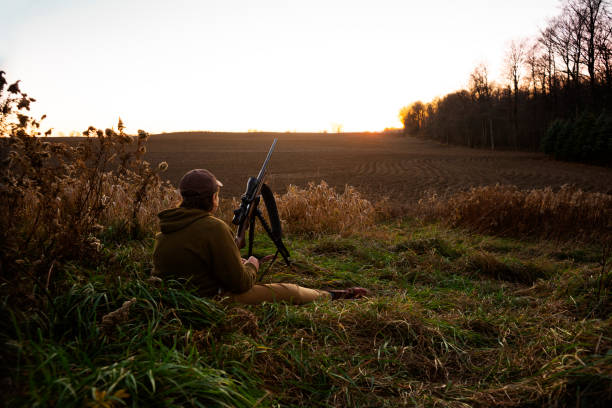
What Is An Excellent Long-Range Hunting Sight In Low Light ?
To solve the above problems, we must first be clear that choosing the right parameters is more important than choosing expensive ones. Here are several key indicators, each of which directly affects your hit efficiency in low-light conditions:
1. Large-diameter objective lens (recommended to be 50mm or above)
The larger the objective lens, the higher the amount of light entering. Especially at dusk or dawn, a 50mm or 56mm large objective lens can significantly enhance the brightness of the picture. Many hunters have personally tested it and said that just the difference in the size of the objective lens can make a fundamental difference in whether one can see clearly or not.
2. Advanced coating system
Most modern sights use coated lenses, but the quality varies greatly. It is recommended to choose Fully Multi-Coated (multi-layer coating on the entire surface), which can reduce reflection, increase light transmittance, and maintain natural imaging colors. In low light conditions, high-quality coating can significantly enhance the clarity and contrast of images.
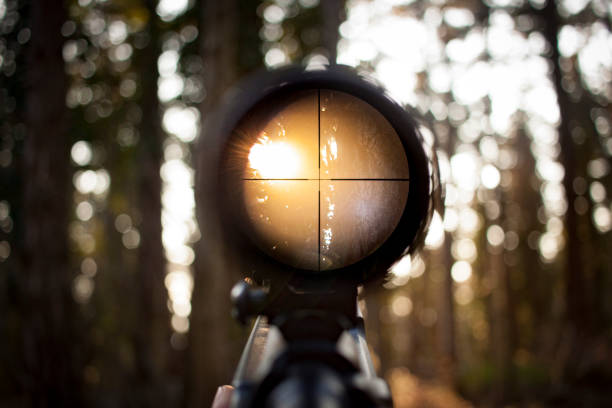
3. Illuminated Reticle
This is a very crucial configuration in low-light aiming. Many hunters said, “Once it gets dark, the crosshair can’t be seen at all.” Therefore, choosing a scope with red/green illumination function and adjustable brightness is a very practical configuration.
4. Variable magnification (Recommended range: 4-16x or 5-25x)
Long-range hunting cannot blindly pursue high magnification. In actual operation, you need to quickly lock onto the target at a low magnification and precisely aim at a high magnification. Therefore, it is recommended to choose a zoom scope with a wide magnification range and smooth adjustment to enhance practical flexibility.
5. Is the SFP structure superior to FFP?
Many beginners are easily attracted by FFP (First Focal Plane) scopes, thinking they are more professional. However, in low-light conditions, the crosshair of FFP is very thin at low magnification and difficult to identify. In contrast, the aiming line of the SFP (Second Focal Plane) structure remains the same thickness at any magnification, making it more suitable for low-light use.
Recommended Long Range Hunting Scopes
Among numerous brands, Shotelex is a manufacturer of scopes dedicated to practical applications. Its products feature excellent optical systems and high reliability, while being priced more closely to actual users. They are particularly suitable for hunting enthusiasts who value practical performance.
The following two models perform particularly well in low-light long-range hunting:
Shotelex Hunter Scope Virtue 30 WA IR 1‑6×24
- Equipped with red/green lighting crosshair, it supports multi-level brightness adjustment to adapt to various lighting conditions.
- It adopts the Shotelex S4 optical system with full multi-layer coating to enhance the contrast of the picture.
- With a wide-angle view and a low-magnification starting point, it is highly suitable for forested hunting grounds and rapid target search.
- Integrated structure design, waterproof and anti-fog, suitable for various complex environments.
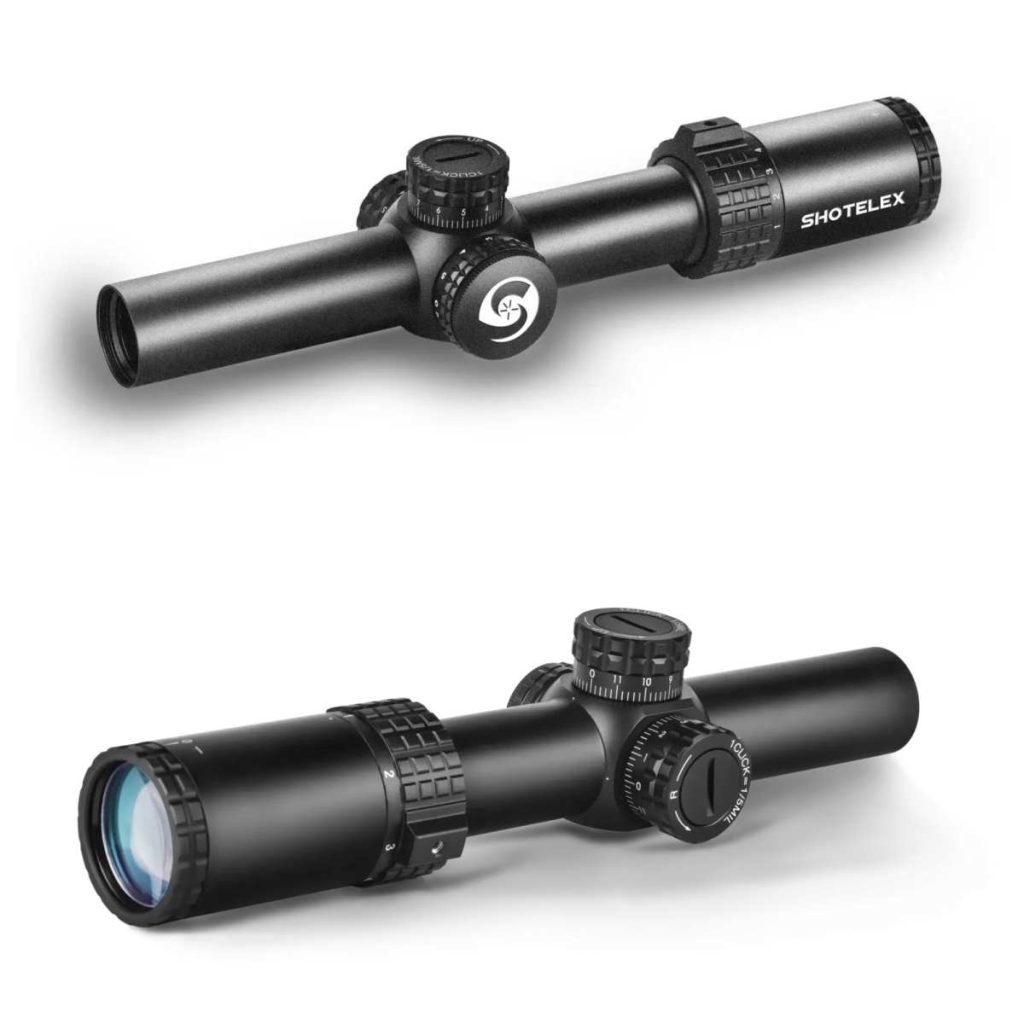
Shotelex Falcon 5-25 ×56 (S6 series)
- The 56mm large-aperture lens provides sufficient light intake, ensuring bright and clear images even in low light conditions.
- High-magnification coverage of medium and long range, meeting the requirements of precise strikes.
- Equipped with a high-quality optical system (S6) and a comfortable eyepiece focusing system, it offers a good operating feel.
- Suitable for mid-to-advanced users or hunters who pursue ultimate range and clarity.

What Other Methods Can Be Used To Improve Low-Light Performance?
A good scope is undoubtedly important, but some auxiliary means can also help you better complete hunting tasks in low-light conditions:
- Infrared lighting: Helps you actively fill in the light, especially suitable for forest areas;
- Lens hood: Prevents side light or reflection from affecting the image.
- Correctly adjust the brightness and focus: Avoid blurring the target due to excessive brightness, and pay attention to the synergy between the aperture and focus.
- Wear low-light vision AIDS: Enhance night vision ability and use them in conjunction with scopes.
Final Words
A scope that is truly suitable for low-light hunting should be practical, clear and reliable. When your target is faintly visible, can the scope see it clearly? Is the crosshair clear? Is the imaging bright enough? This is the key to determining whether you can successfully hit the mark. Rather than blindly pursuing brands and magnifications, it is better to truly understand the needs in your own usage scenarios and choose a tool that suits your specific needs.

